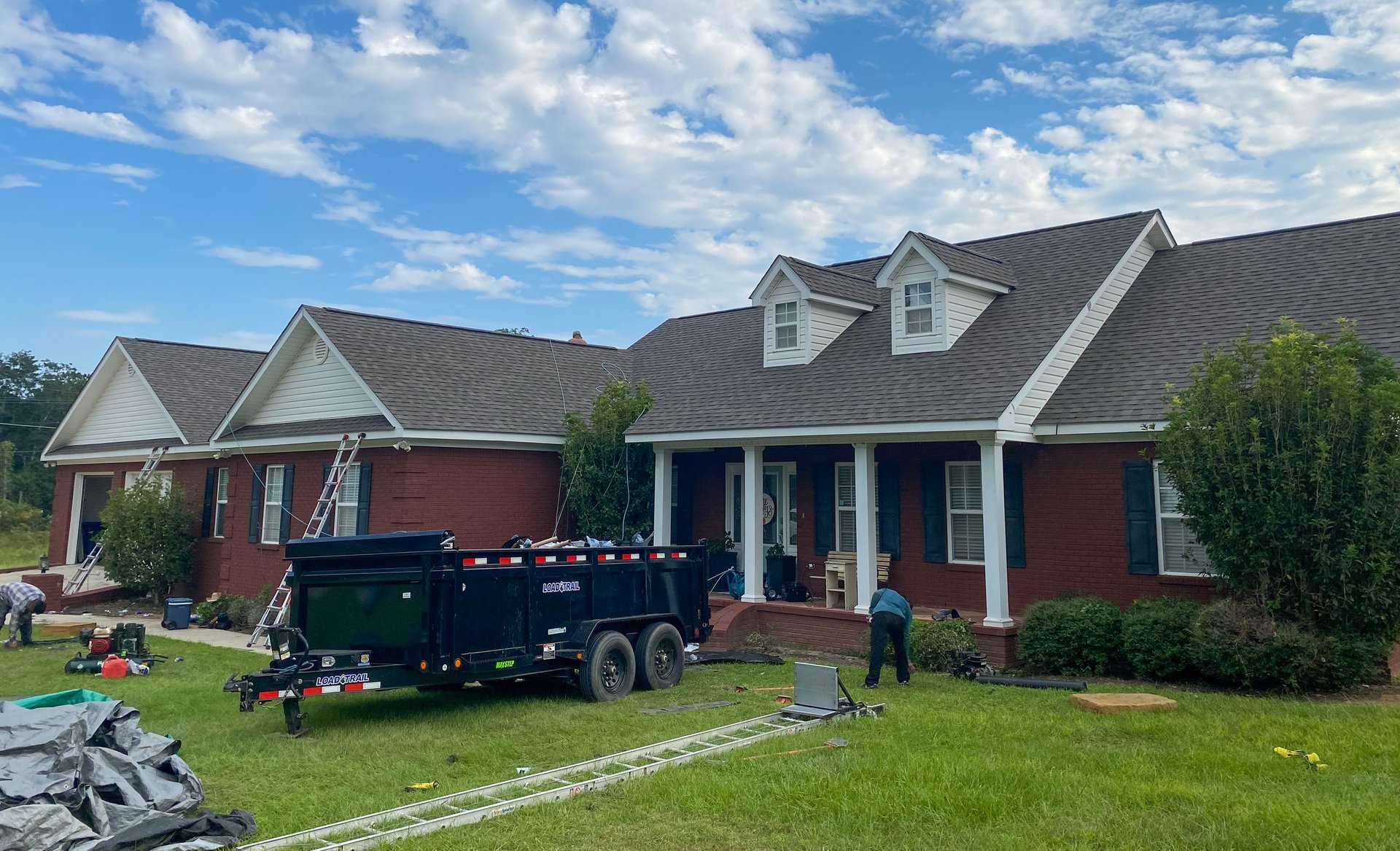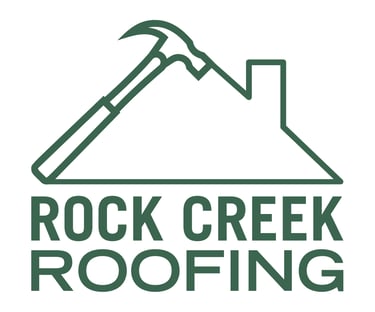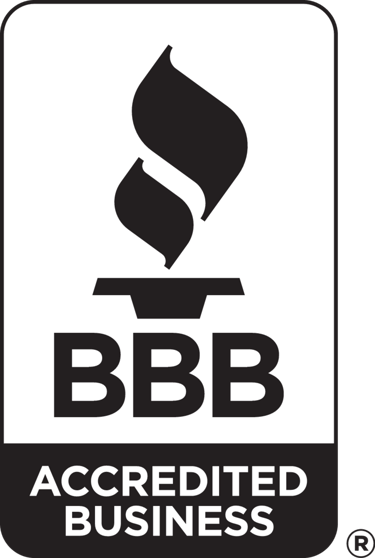
Roof system components
All steep-slope roof systems (i.e., roofs with slopes of 25 percent or more) have five basic components:
1) Roof covering: shingles, tile, slate or metal and underlayment that protect the sheathing from weather.
2) Sheathing: boards or sheet material that are fastened to roof rafters to cover a house or building.
3) Roof structure: rafters and trusses constructed to support the sheathing.
4) Flashing: sheet metal or other material installed into a roof system's various joints and valleys to prevent water seepage.
5) Drainage: a roof system's design features, such as shape, slope and layout that affect its ability to shed water.
Different Types of Roof Systems
There are a many considerations to be taken into account when selecting a new roof system. Of course, cost and durability head the list, but aesthetics and architectural style are especially important in the Wiregrass area. The right roof system for your home or building is one that balances these considerations. The following roofing products commonly are used for steep-slope structures.
Asphalt shingles are the most common used materials in the U.S. steep-slope roofing market and can be reinforced with organic or fiberglass materials. Although asphalt shingles reinforced with organic felts have been around much longer, fiberglass-reinforced products now dominate the market.
Asphalt shingles' fire resistances, like most other roofing materials, are categorized by Class A, B or C. Class A signifies the most fire-resistant; Classes B and C denote less fire resistance. Generally, most fiberglass shingles have Class A fire ratings, and most organic shingles have Class C ratings.
A shingle's reinforcement has little effect on its appearance. Organic and fiberglass products are available in laminated (architectural) grades that offer a textured appearance. Zinc or copper-coated ceramic granules also can be applied to organic or fiberglass products to protect against algae attack, a common problem in warm, humid parts of the United States. Both types of shingles also are available in a variety of colors.
Wood shingles and shakes are made from cedar, redwood, southern pine and other woods; their natural look is the most popular in California, the Northwest and parts of the Midwest. While traditional wood shingles are sawn on both sides, wood shakes are typically sawn on one side and hand split on the other side. This makes wood shakes noticeably thicker than wood shingles. Wood shingles are also typically machine-made, whereas wood shakes are hand-made with handheld power equipment.
Tile—clay or concrete—is a durable roofing material. Mission and Spanish-style round-topped tiles are used widely in the Southwest and Florida, and flat styles also are available to create French and English looks. Tile is available in a variety of colors and finishes. Tile is heavy. If you are replacing another type of roof system with tile, you will need to verify that the structure can support the load.
Slate is quarried in the United States in Vermont, New York, Pennsylvania and Virginia. It is available in different colors and grades, depending on its origin. Considered virtually indestructible, it is, however, more expensive than other roofing materials. In addition, its application requires special skill and experience. Many older homes, especially in the Northeast, still are protected by this long-lasting roofing material.
Metal, primarily thought of as a low-slope roofing material, has been found to be a roofing alternative for home and building owners with steep-slope roofs. There are two types of metal roofing products: panels and shingles. Numerous metal panel shapes and configurations exist. Metal shingles typically are intended to simulate traditional roof coverings, such as wood shakes, shingles and tile. Apart from metal roofing's longevity, metal shingles are relatively lightweight, have a greater resistance to adverse weather and can be aesthetically pleasing. Some have Class A fire ratings.
Before making a buying decision, we recommend that you look at full-size samples of a proposed product, as well as manufacturers' brochures. It also is a good idea to visit a building that is roofed with a particular product.
Ventilation and insulation are key
One of the most critical factors in roof system durability is proper ventilation. Without it, heat and moisture build up in an attic area and combine to cause rafters and sheathing to rot, shingles to buckle, and insulation to lose its effectiveness.
Therefore, it is important never to block off sources of roof ventilation, such as louvers, ridge vents or soffit vents, even in winter. Proper attic ventilation will help prevent structural damage caused by moisture, increase roofing material life, reduce energy consumption and enhance the comfort level of the rooms below the attic.
In addition to the free flow of air, insulation plays a key role in proper attic ventilation. An ideal attic has:
- A gap-free layer of insulation on the attic floor to protect the house below from heat gain or loss.
- A vapor retarder under the insulation and next to the ceiling to stop moisture from rising into the attic.
- Enough open, vented spaces to allow air to pass in and out freely.
- A minimum of 1 inch between the insulation and roof sheathing.
The requirements for proper attic ventilation may vary greatly, depending on the part of the United States in which a home or building is located, as well as the structure's conditions, such as exposure to the sun, shade and atmospheric humidity. Nevertheless, the general ventilation formula is based on the length and width of the attic.
Common causes of roof fatigue and deterioration....
A roof system's performance is affected by numerous factors. Knowing about the following will help you make informed roof system buying decisions:
Sun: Heat and ultraviolet rays cause roofing materials to deteriorate over time. Deterioration can occur faster on the sides facing west or south.
Rain: When water gets underneath shingles, shakes or other roofing materials, it can work its way to the roof deck and cause the roof structure to rot. Extra moisture encourages mildew and rot elsewhere in a house, including walls, ceilings, insulation and electrical systems.
Wind: High winds can lift shingles' edges (or other roofing materials) and force water and debris underneath them. Extremely high winds can cause extensive damage.
Condensation: Condensation can result from the buildup of relatively warm, moisture-laden air. Moisture in a poorly ventilated attic promotes decay of wood sheathing and rafters, possibly destroying a roof structure. Sufficient attic ventilation can be achieved by installing larger or additional vents and will help alleviate problems because the attic air temperature will be closer to the outside air temperature.
Moss and algae: Moss can grow on moist wood shingles and shakes. Once it grows, moss holds even more moisture to a roof system's surface, causing rot. In addition, moss roots also can work their way into a wood deck and structure. Algae also grows in damp, shaded areas on wood or asphalt shingle roof systems. Besides creating a black-green stain, algae can retain moisture, causing rot and deterioration. Trees and bushes should be trimmed away from homes and buildings to eliminate damp, shaded areas, and Rain Gutters should be kept clean to ensure good drainage.
Trees and leaves: Tree branches touching a roof will scratch and gouge roofing materials when the branches are blown by the wind. Falling branches from overhanging trees can damage, or even puncture, shingles and other roofing materials. Leaves on a roof system's surface retain moisture and cause rot, and leaves in the gutters block drainage.
Missing or torn shingles: The key to a roof system's effectiveness is complete protection. When shingles are missing or torn off, a roof structure and home or building interior are vulnerable to water damage and rot. The problem is likely to spread-nearby shingles also are ripped easily or blown away. Missing or torn shingles should be replaced as soon as possible.
Shingle deterioration: When shingles are old and worn out, they curl, split and lose their waterproofing effectiveness. Weakened shingles easily are blown off, torn or lifted by wind gusts. The end result is structural rot and interior damage. A deteriorated roof system only gets worse with time-it should be replaced as soon as possible.
Flashing deterioration: Many apparent roof leaks really are flashing leaks. Without good, tight flashings around chimneys, vents, skylights and wall/roof junctions, water can enter a home or building and cause damage to walls, ceilings, insulation and electrical systems. Flashings should be checked as part of a biannual roof inspection and Rain Gutter cleaning.




